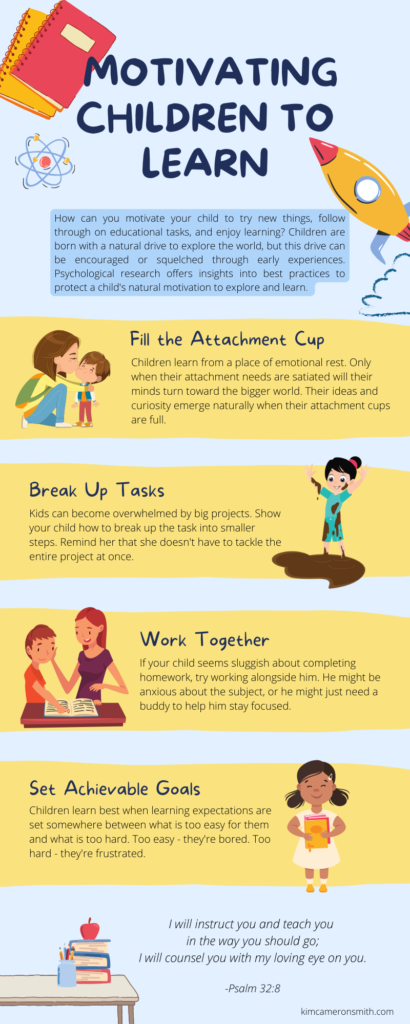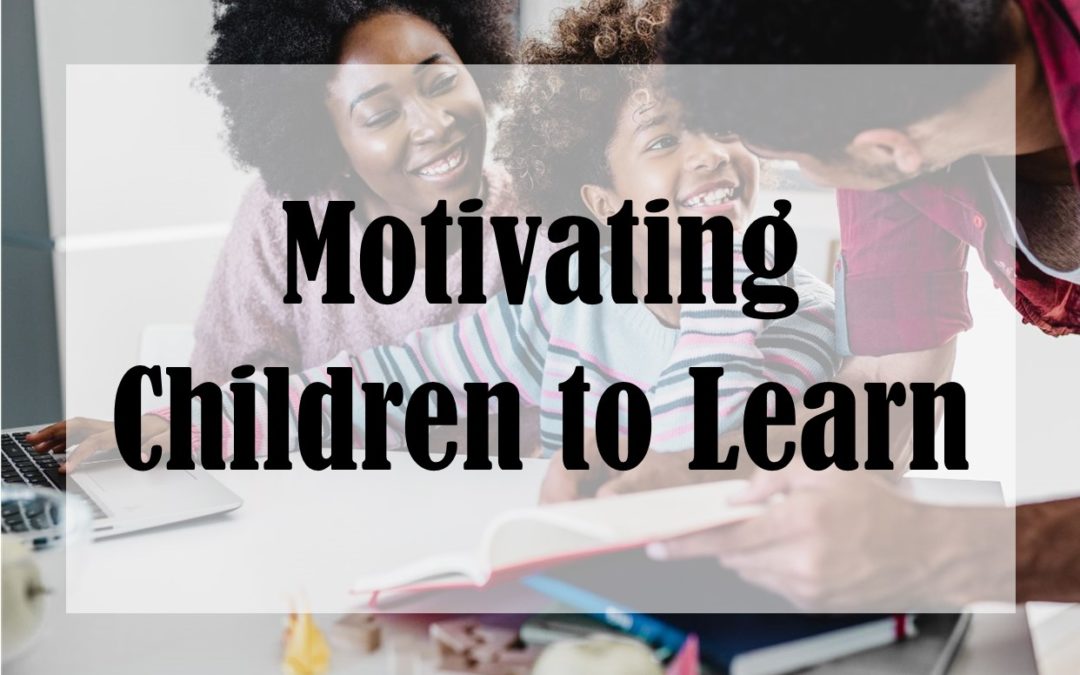Have no anxiety at all, but in everything, by prayer and petition, with thanksgiving, make your requests known to God. Then the peace of God that surpasses all understanding will guard your hearts and minds in Christ Jesus.
Philippians 4:6-7
As the school year spins up, some parents are already struggling to get their kids focused on their school tasks and homework. The problem might have something to do with adjusting to new schedules and teachers, so perhaps in time, the child will settle in. The problem might have something to do with unrealistic academic expectations; children are being expected to read and perform complex academic tasks at increasingly younger ages. Addressing this problem is perhaps a topic for a different article.
Here I want to focus on kids who are given appropriate academic challenges, but they seem to lack inner fire at school – they seem uninterested and detached. Parents cajole, bribe, and threaten to get the kids to follow through on schoolwork, which sometimes works in the short term but rarely in the long term and often at the expense of the parent-child relationship.

We can mentor these children in the virtue of responsibility and industry; indeed one of the chief developmental tasks of the teen years is to develop these two virtues. Even younger children are ready to learn the importance of taking ownership of their work and putting in their best effort. Kids need more than a definition of these virtues; they need help practicing them. Sometimes they need a lot of guidance in overcoming obstacles when faced with challenging educational tasks.
Here are a few tips and insights that may help you mentor an unmotivated student to become more responsible and industrious:
Fill the Attachment Cup
I always start here! Attachment. Really, it is a parent’s most powerful tool for managing any parenting problem, including resistance to school work. Children learn from a place of emotional rest. Only when their attachment needs are satiated will their minds turn toward the bigger world and toward their big questions and ideas. A child’s curiosity and eagerness to learn emerge naturally when their attachment cups are full.
So my first tip is to feed your relationship with your child; nourish the attachment roots. The attachment roots are the six ways kids attach to their attachment figures. Humans have one drive to attach but six ways of attaching. Emotionally healthy younger children can attach through
1) physical proximity (snuggling, being fed)
2) sameness (being the same as the attachment figure
3) and belonging (being welcomed warmly by the attachment figure).
Healthy kids older than 6 can usually attach through more complex modes of attachment:
4) significance (mattering to the attachment figure)
5) emotional intimacy (feeling emotionally safe)
6) psychological intimacy (feeling known and understood).
When kids are securely attached to their parents, they have soft hearts and they are more teachable. And guess what? When your child is attached to you, you can nourish your child’s attachment to God. When your child is anxious about school tasks, show him how to lean on and offer his fears to God through prayer and reception of the sacraments.
Break Up Big Projects into Small Tasks
Some kids become overwhelmed by big school projects like science fair projects, history presentations, or long research reports. Even adults can shrink when faced with huge jobs.
Show your child how to break these big projects into smaller more manageable tasks. Create a visual plan and coach her through her anxieties each step of the way. Reminder her that she needn’t tackle the entire project right now; she only needs to deal with the current task.
I’ve used this tip several times with my children. It instills a sense of confidence and provides a practical life skill for adulthood. More, this is how God works with us! He asks us to cooperate one step at a time while he leads us on our discipleship path; we rarely see the whole picture. God guides us gradually with increasing wisdom, experience, and insights.
Work Alongside the Child
Sometimes my younger daughter and I work on our writing together; she sits next to me and we both pluck away on our laptops, sharing frustrations and successes. Sometimes she reads aloud to me something she drafted to get my feedback. I think we’re both more productive because we’re working together. Especially when writer’s block hits, it’s fun having a writing buddy.
If your child seems sluggish about completing homework or other projects, try working alongside him. You can make it a whole family thing – you can all work together at the kitchen table. Sometimes children are anxious about a subject or they’re just having trouble staying focused, so having a work buddy helps them get going and remain on task. Add snacks!
Set Achievable Goals
Children seem to learn best when they’re neither bored nor overwhelmed, when the task is somewhere between what is much too easy and what is much too difficult for them. We want to stretch a child’s capabilities but we don’t want to break their spirit. This is one reason I like homeschooling so much; I’ve been able to adjust my children’s learning goals to suit their needs. Sometimes I press the accelerator; at other times I have to tap the brakes.
If your child is in a traditional classroom and you sense that your child is working on something that is far beyond his current academic abilities, advocate for him with his teacher or school. If the school is unresponsive or lacks the ability to adjust the expectations for your child, you will have to use your judgment in how to handle it, perhaps tutoring your child or finding a tutor or perhaps finding a new learning setting.
FREE PRINTABLE INFOGRAPHIC
Here’s an infographic of the tips offered in this article.


